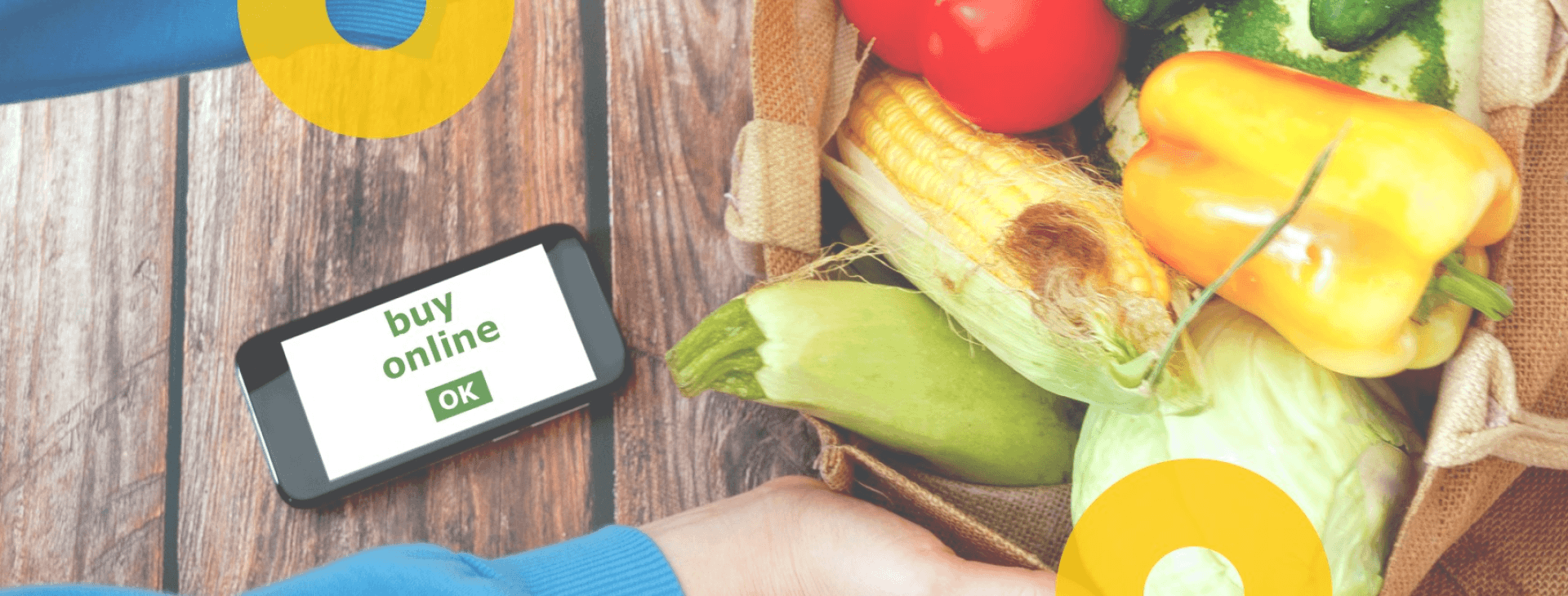Rise of E-grocery

With literally billions of people more or less confined to their homes for significant lengths of time, it’s perhaps unsurprising to see that 2020 has witnessed a surge in demand for products bought online.
But the global coronavirus pandemic is only part of the picture. The increasing ubiquity of connected smart devices, more widespread and faster internet access, and greater trust in online purchasing methods have all played a part in customers picking online shopping over brick-and-mortar retail.
There are also signs that online grocery delivery is maturing, from simple shelf-pick solutions to much more sophisticated and efficient technological models. Britain’s Ocado, for example, has successfully pivoted its business model from being an online-only supermarket to becoming a technology provider of logistics and delivery solutions for grocers all over the world, including Kroger in the US, Groupe Casino in France, Coles in Australia and Morrisons in the UK.
…but COVID-19 is still a significant catalyst
In the US, the online share of grocery sales in 2019 was around 5 percent. Even the most optimistic of predictions, pre-COVID, suggested this might notch up to 6 percent by the end of 2020 – still an impressive growth rate of around 20 percent.
Now, though, US market research suggests that the unprecedented growth in online grocery shopping during the coronavirus crisis could lead to almost 12% of all grocery shopping in the US taking place online. This means more than one in ten US citizens will be buying online groceries. More than half of all consumers in the US have recently shopped online for groceries, and a fifth of them have done so for the very first time.
According to the report’s authors: “70% of consumers said they’re more likely to continue shopping online for groceries because of Covid-19. Of those who have never ordered groceries online before, 51% plan to do so in the near future because of Covid-19.”
According to the Coresight Research US Online Grocery Survey 2020, online grocery sales in America grew by 22% in 2019 and will spike by another 40% in 2020.
In the UK it’s a similar story, with analysts reckoning on a growth rate in online grocery shopping of about 33 percent. Although that compares with a record low of 2.9% in 2019, as the UK’s online grocery market is significantly more mature than its US equivalent.
New customers flocking to online grocery shopping
While anybody facing self-isolation during the coronavirus crisis will have had to consider the option of online grocery shopping, it’s not just young people and families that are beginning to take their food shopping online.
Marketing intelligence agency Mintel reckons that, in the UK, 37% of over 65s with an internet connection at home are now shopping online for food and groceries. Before the crisis, only just over a quarter of over 65s were online grocery shoppers.
According to the research, those older age groups who were not digital natives and had no experience of online shopping have now had to take the plunge: “Older generations that had previously shied away from online grocery have, effectively, been forced to change their habits in the face of social distancing measures.”
But what about the future?
It’s clear that, although the coronavirus crisis is clearly the cause of so much of this shift to online shopping, its impact will reverberate far after COVID-19 has receded.
According to Thomas O’Connor, Senior Director Analyst at Gartner, “The global outbreak of COVID-19 has created a very dynamic environment in retail supply chains. Demand is extremely volatile, depending on the product category. It has also shifted from physical stores to online channels as consumers seek to avoid public places due to fear of infection or government restrictions.’’
It has been predicted that COVID-19 will mean online grocery shopping has a new, permanent audience: “This should boost the market long term with strong growth forecast through to 2024.”
But how long will this last? Well, as shops and businesses reopen, and the world returns to a ‘new normal’, some of the market share gains made by online services will no doubt fall back, but the increased customer base will be there to stay.
The world of retail is now changing faster than anyone expected, and many businesses are now scrambling to catch up in the race to offer more capacity for online shopping. Businesses which will benefit most are those with scalable strategies already in place. If grocers want to profit from the move online, they need to make sure they have the right technology partners and the right strategies to move with the shifting market.




